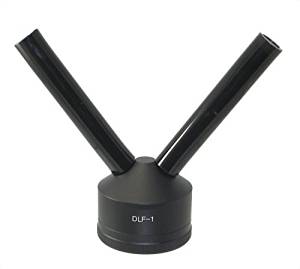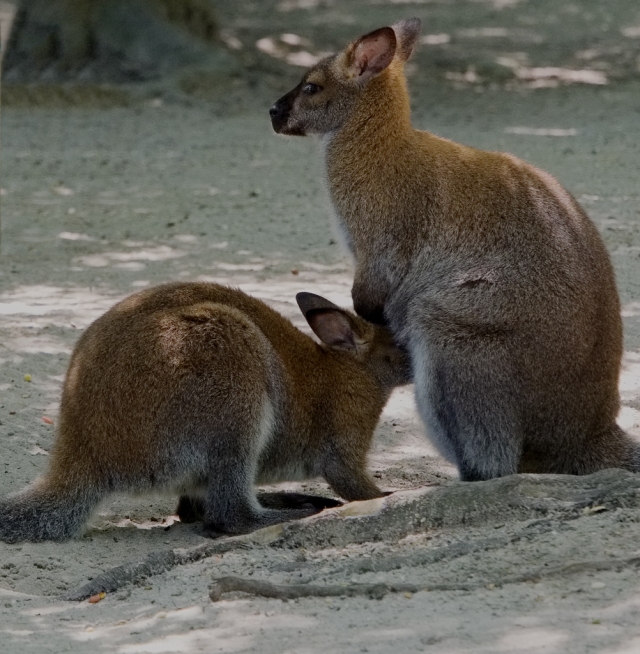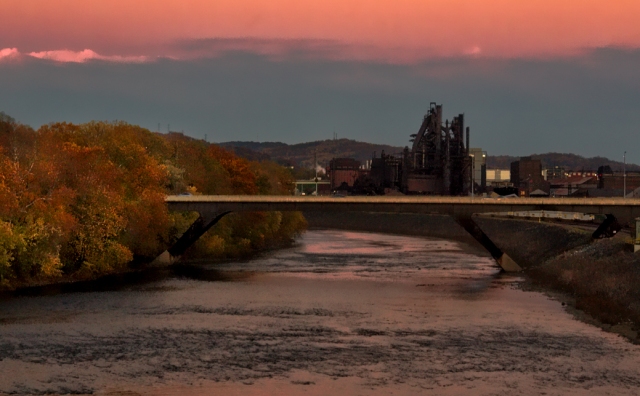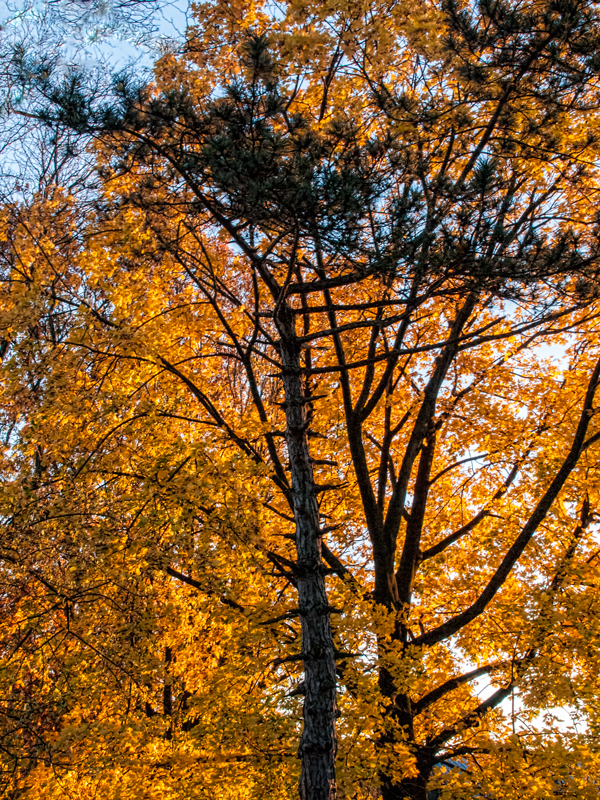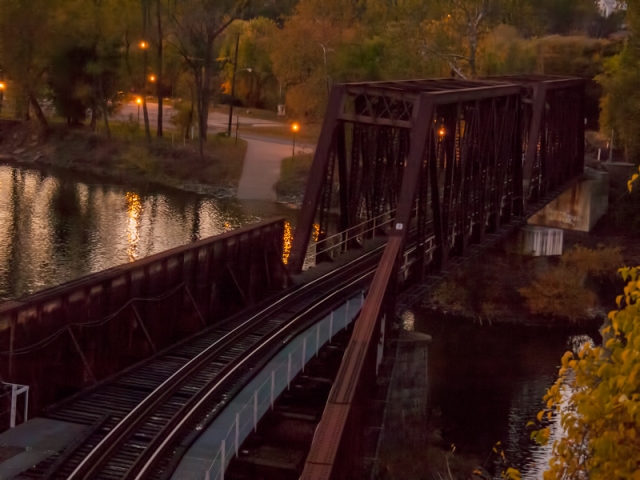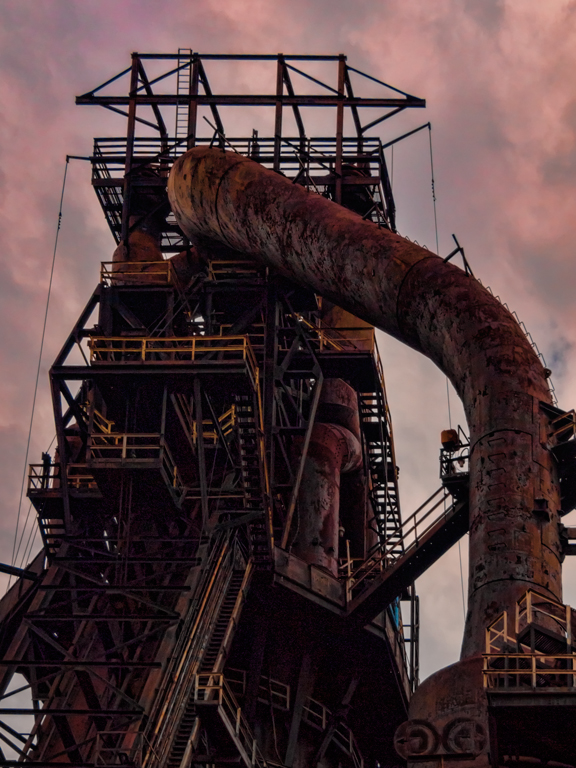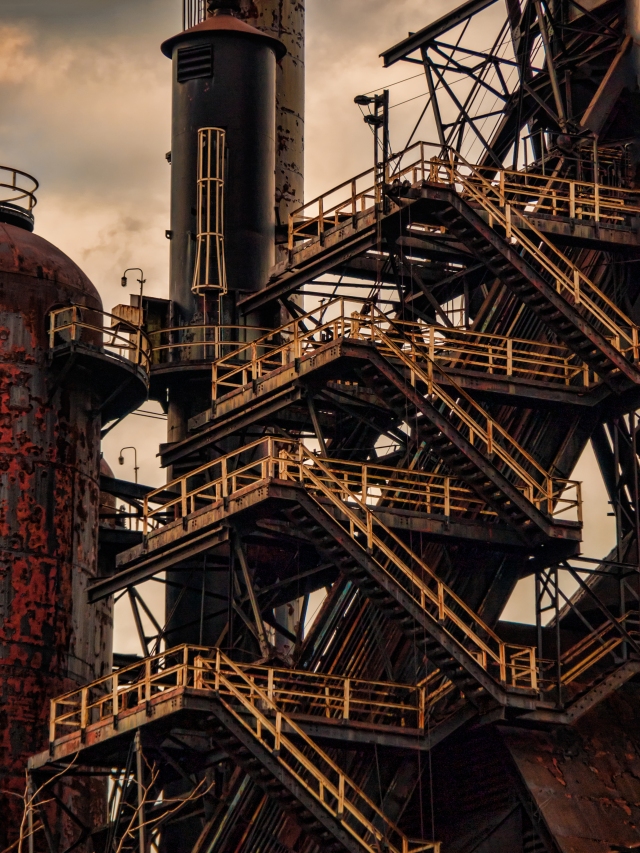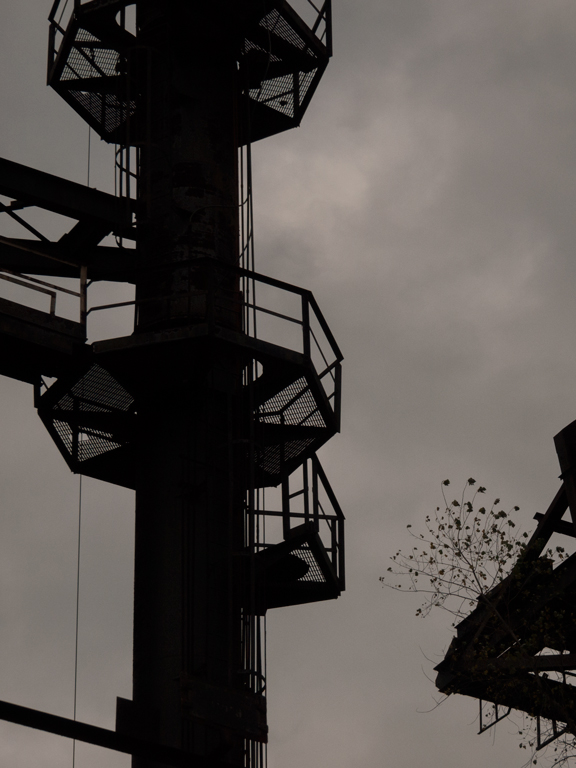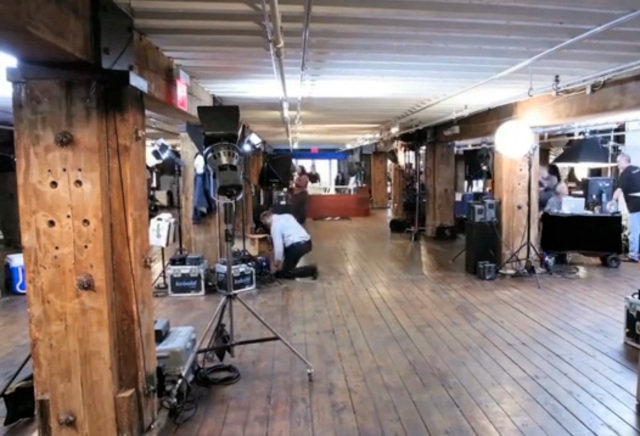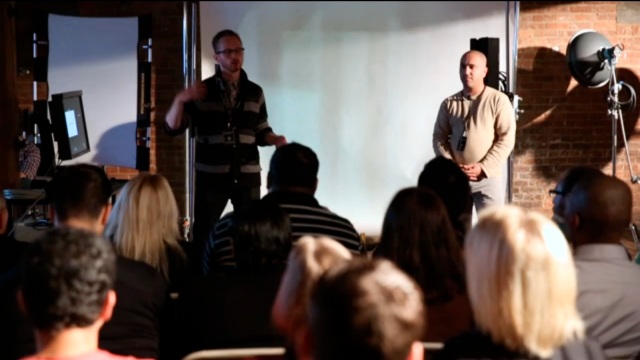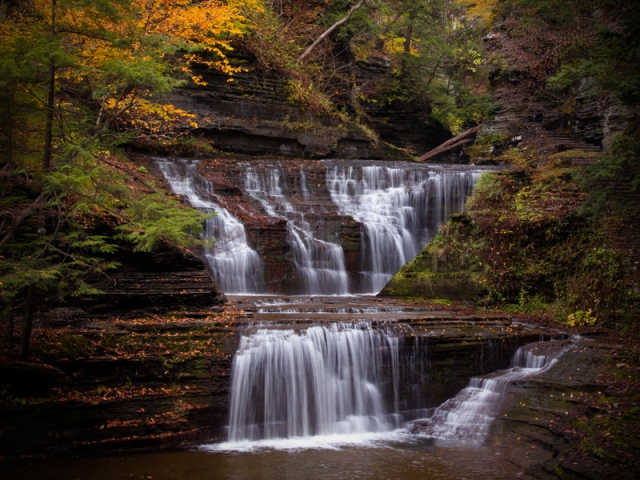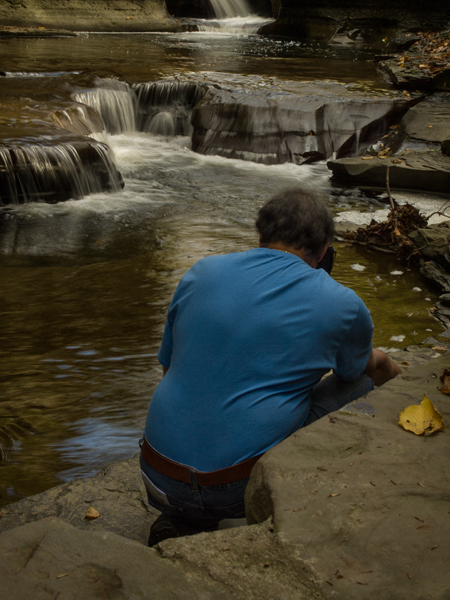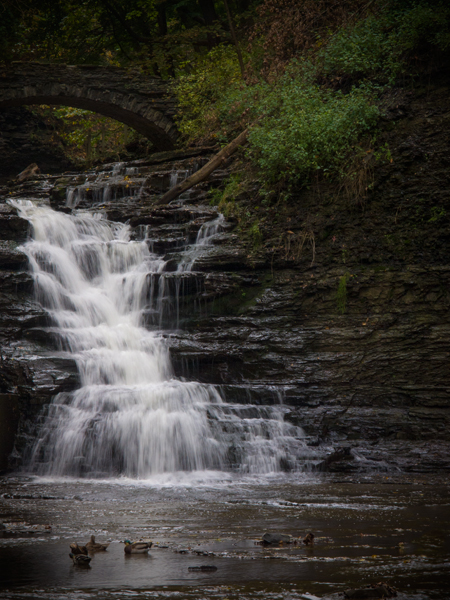My camera club will be exploring night photography this fall, so I decided to get back in the swing of it.
On my morning walks around Lemon Hill, I noticed a shot of the west entrance of the PMA that I have not ever seen posted anywhere. The main entrance, with its Rocky Steps has the most shots, and the west entrance is usually photographed from across the Schuylkill, taking advantage of a nice reflection and the lights of Boathouse Row.
I have learned from shooting landscapes that the sunset light varies quite a bit in angle and quality throughout the year, as does the park foliage that frames the shot, so I am going to take advice from several landscape photographers, who extoll the merits of shooting close to home.
Colorado photographer Glenn Randall found a spot in Rocky Mountain National Park that he considers close to home. First he revisited the site to look for composition. Then he used the Photographers Ephemeris to calculate the best sun angles. Finally he hiked out to the location, three hours distant, in pitch dark, the three times it took to get the shot at sunrise in the ideal conditions that he had visualized .
If he can take that much care, I can certainly do the same to plan a shot a few hundred yards from my home. I ran up to the hill at sunset several days in a row to check for things visible at night that I cound not see during my morning walks. Of course there were many – obnoxious street lights and little bits of light peeking through the foliage. Also, a lot of elements that were ugly or distracting in the daylight naturally “burned out” in the fading dusk and semi-dark of the city night.
Friday night, I decided to take my first test shots of the scene. I took my walking around camera with ultrazoom lens and used the $10 Tamrac portable tripod that I carry in my street bag. I knew the sunset would be crap, as the sky was dead solid overcast, but the azure hour (30 minutes after sunset) looks great in those conditions.
What do you know, another photographer approached me. He works for Channel 6; I was surprised that they bave still photographers, but they play an important role. What a great gig! He had spotted the shot as well and was scouting it. He visualized it with bare trees and winter light. I remarked that two of us were here, but I could see four or five photographers on the other side of the river shooting the Boathouse Row angle. He had been over on that side a few nights previous and met several shooters. The lights were upgraded on Boathouse Row, so everyone was getting fresh shots of the new lighting.
We had a nice chat, and I tripped the shutter of my camera every few minutes as the light changed.
When I got home, the image quality surprised me. I was only looking for compostion, exposure, and white balance tips. I did not expect to have usable shots. Using a four year old camera with a 10x kit quality zoom on a spindly portable tripod, I did not expect much. Those asshats who insist Micro 4/3 cannot produce clean low light files be damned.
Here is my initial framing. I tried to inclued as much as possible of the scene so I could look for problems as well as pictures within the picture.

I noticed positves immediately. The white balance was spot on. Since I shoot RAW, there is no problem leaving the auto white balance on, as it does nothing but feed a color temperature into the EXIF data. I can adjust the white balance non-destructively in post. It read the largest well lit area in the picture and gave me great light on the museum. Every other light source was a different color temp, but one reason I like the azure hour is that the intense blue tends to cancel the horrible color of halide and mercury lamps.
Exposure is solid as well. I always start with aperture priority and evaluative metering on these scenes because night shooting always involves one well lit subject, and today’s metering picks that up. I adjust the exposure compensation after one shot based on the histogram, but it was not necessary in this case.
Composition? This view reveals only the tallest buildings (above Billy Penn’s hat) near the Parkway. I had originally envisioned this shot with the Comcast Tech Center finished in 2017, but I like the unfinished building and cranes, and the bare bulbs do not create as much glare as I had firest envisioned. In looking for a final shot, I decided that the tip of City Hall and the radio antenna would spoil the picture, and that a bit could be taken off the right as well. to get rid of the bare branch.

I have a while to work on a final composition, but I like the dynamics of this view. Even tighter and vertical would also work.
The after dark shot was less successful on many levels. With the cloudy sky, the color became the muddy rusty color of reflected light pollution. Even though Philly has one of the best records on light pollution of any major city, the core of a metro area of over 5 million people will not yield an attractive night sky unless the atmosphere is perfectly clear.

Ugh. Naturally the specular highlights begin to blow out, but I can take care of that with bracketing, neutral density filters and the like.
Without the blue from the azure hour, the sickly colors of the lights begin to show up. They might look cool against a deep black sky, but against the muddy brownish sky. less so.
Many night shooters simply process as black and white, which cures many ills. It’s partially a hangover from film days, when long exposures caused unwanted shifts in color balance and exposure. Black and white film proved much more forgiving.
I will shoot more test shots, of course, on clear nights and after midnight, but my preiliminary exploration shows that a good sunset and the azure hour will yield the best results with the least post.
Stay tuned, over the next year or so, I will refine this shot and move toward a final product. Please offer any feedback you think would be helpful.






